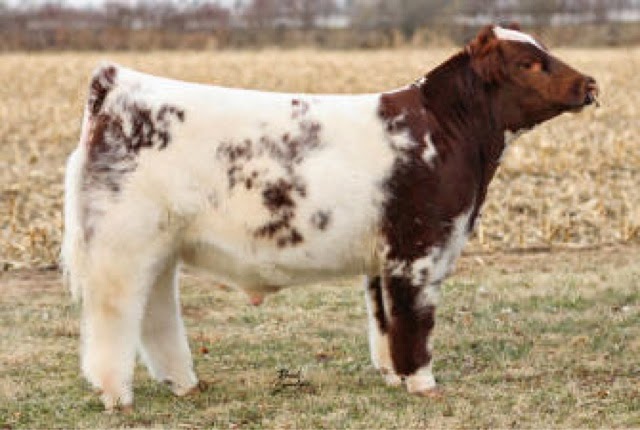Today I will be talking about my plans for this week and for next years show season.
I have decided that next year I will be showing a steer as well as a wether goat. For those of you who do not know a steer is a bull that has be castrated. These are primarily meant for consumption, in other words they are food. A wether goat is also a male goat that has been castrated for consumption purposes.
We are going to be keeping them at a place in Keller. We are going there tomorrow so that we can set up the panels so that they will have pens to go into whenever we get them. These pens are going to be about 10'x20' pens so they will be pretty big. Steers need to have plenty of room to be able to move around in their pen. This will be temporary as out barn for next year is currently being built. It should be ready around the end of July so we will only be at this place for a couple of months.
I am going to go look at steers this weekend with my uncle and parents. Hopefully we find something we like so we can bring one home. There are lots of things to consider when getting a show steers, it's not all about colors and size, but also conformation as well. I will most likely be getting a British steer. This includes but is not limited to: Angus, Herford, and Shorthorn breeds. I hope I get either a shorthorn or a Hereford because they are a lot less competitive compared to angus steers and they have lots of hair which I think looks really cool!
We will be having state validations in June, so it is very important that I find a steer that I can show and fast. I need to be able to lead him on a halter by that time so that whenever we go to tag them in he will be able to unload from the trailer and walk. States validations is pretty much where you go to get the animal registered in your name so that the sate and county know that that's your animal and nobody else's. The also put an ear tag in their ear so that they can easily identify one from another, again the tag number identifies the animal.
Hopefully all goes well and I get a steer next weekend! I'm so excited to be trying something new and I can wait to get started working with him! I hope all goes well and that I am successful!


















